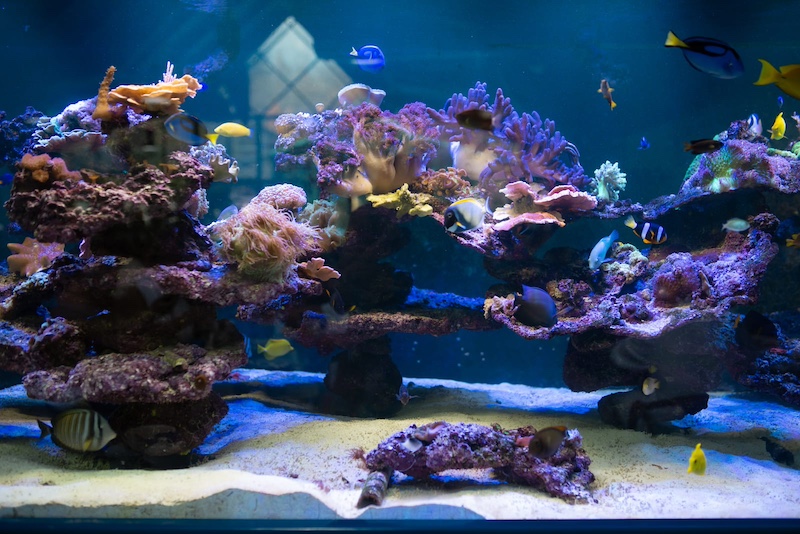Starting an aquarium is an exciting journey, but new fish owners often encounter unexpected challenges. While fishkeeping can be a rewarding hobby, it requires knowledge and attention to detail. Here are 10 common mistakes that new fish owners often make and how to avoid them.
1. Overstocking the Tank
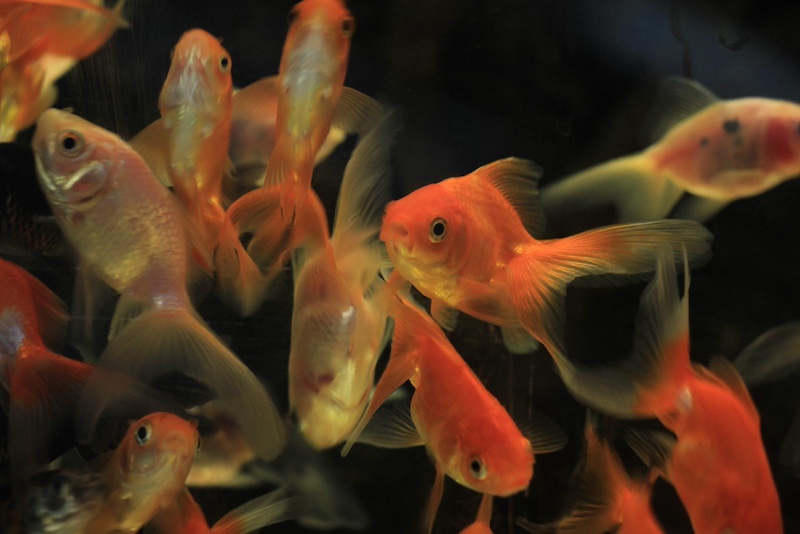
One of the most common mistakes is adding too many fish too quickly. A tank can only support a certain number of fish based on its size and the filtration system in place. Overstocking leads to poor water quality, increased stress among fish, and a higher likelihood of disease. To avoid this, start with a small number of fish and gradually build your aquarium community, allowing the biological filter to mature and handle the waste produced by the fish.
2. Choosing Incompatible Fish Species
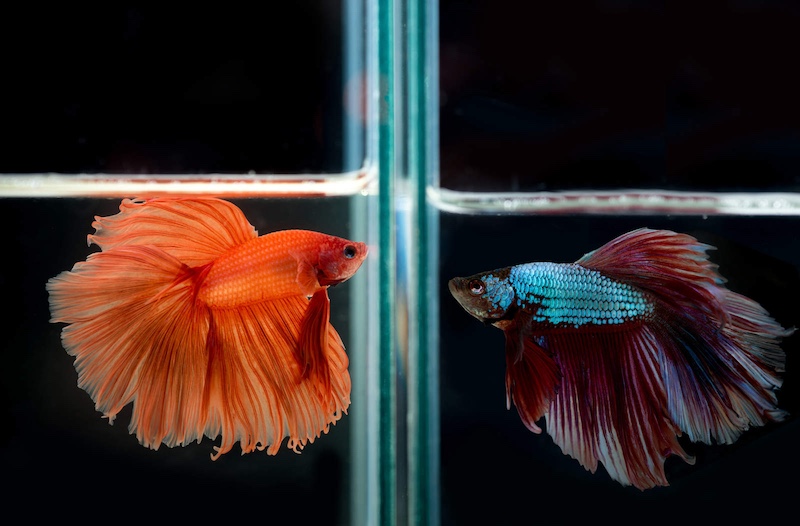
New fish owners often choose fish based on appearance rather than compatibility. Some species are territorial, aggressive, or have different water requirements, leading to conflicts in the tank. Research each species’ temperament, size, and environmental needs before adding them to your tank. Creating a harmonious community ensures a healthier and more peaceful aquarium.
3. Improper Tank Cycling

Cycling a tank is a critical step in establishing a healthy aquarium, but it’s often overlooked by beginners. Tank cycling involves building up beneficial bacteria that break down harmful ammonia and nitrites produced by fish waste. Skipping or rushing this process can result in toxic water conditions. Patience is key—allow your tank to cycle fully before introducing fish.
4. Feeding Too Much or Too Little
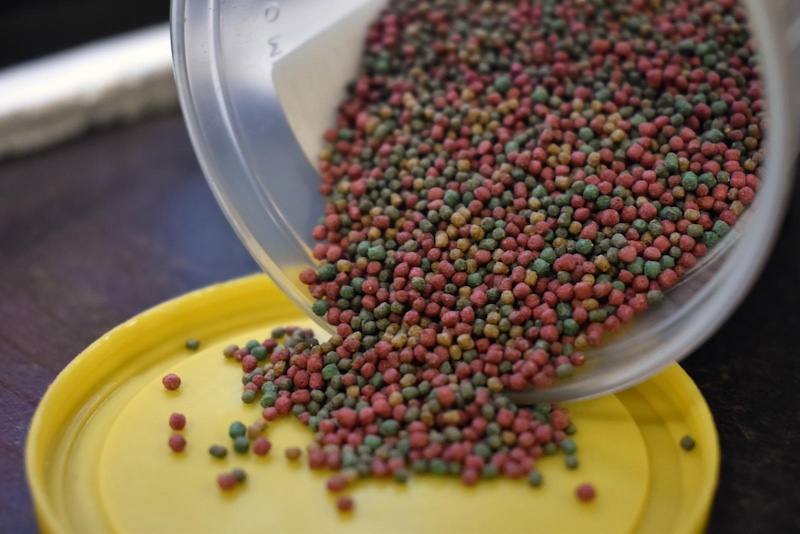
New fish owners often struggle with feeding their fish the right amount. Overfeeding leads to uneaten food decomposing in the tank, which can spike ammonia levels and cloud the water. Underfeeding, on the other hand, can leave fish malnourished. Feed your fish small amounts once or twice a day, ensuring they consume all the food within a few minutes. Monitor their eating habits and adjust as necessary.
5. Ignoring Water Quality
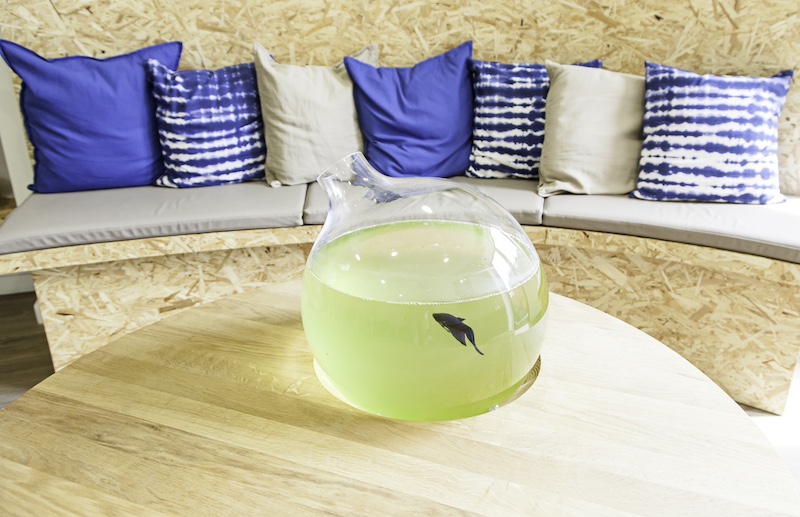
Maintaining water quality is crucial for fish health, yet many new owners neglect regular water testing. Poor water conditions can lead to stress, illness, and death among fish. Invest in a good water test kit to monitor ammonia, nitrite, nitrate, and pH levels. Perform regular water changes and keep your filtration system clean and well-maintained.
6. Not Quarantining New Fish
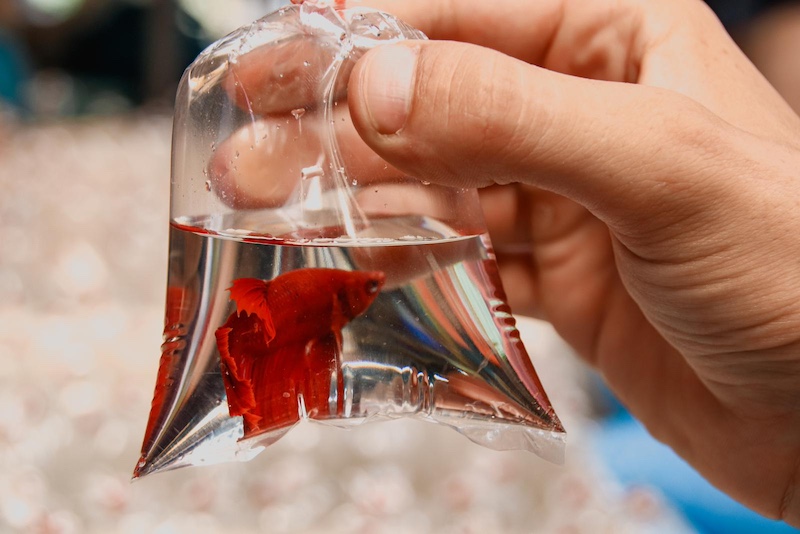
Introducing new fish directly into the main tank without quarantine is a common mistake that can lead to disease outbreaks. New fish may carry parasites or infections that can quickly spread to the entire tank. Quarantine new arrivals in a separate tank for at least two weeks to observe their health and treat any issues before adding them to your main aquarium.
7. Choosing the Wrong Tank Size
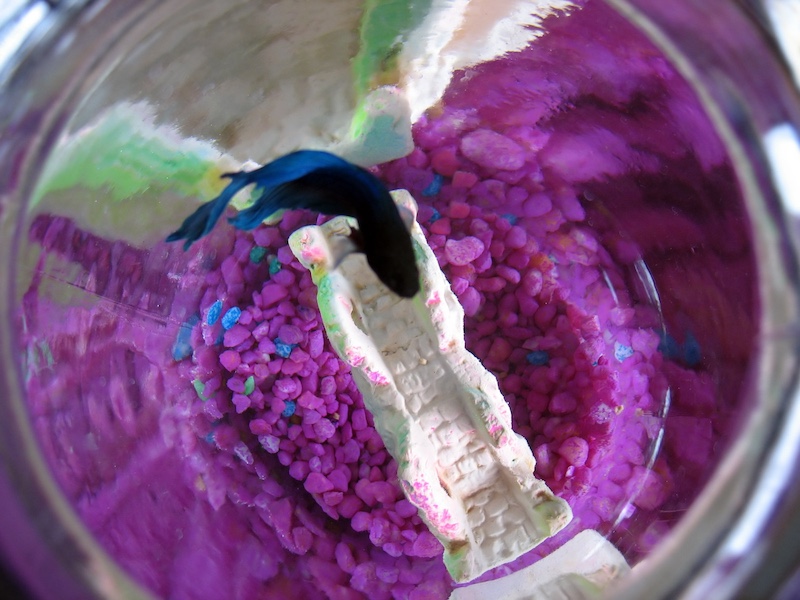
New fish owners often start with a small tank, thinking it’s easier to manage. However, small tanks are actually more difficult to maintain because water parameters can fluctuate rapidly. A larger tank provides more stability and gives fish more space to swim, reducing stress. As a general rule, bigger is better when it comes to choosing a tank.
8. Neglecting Proper Acclimation
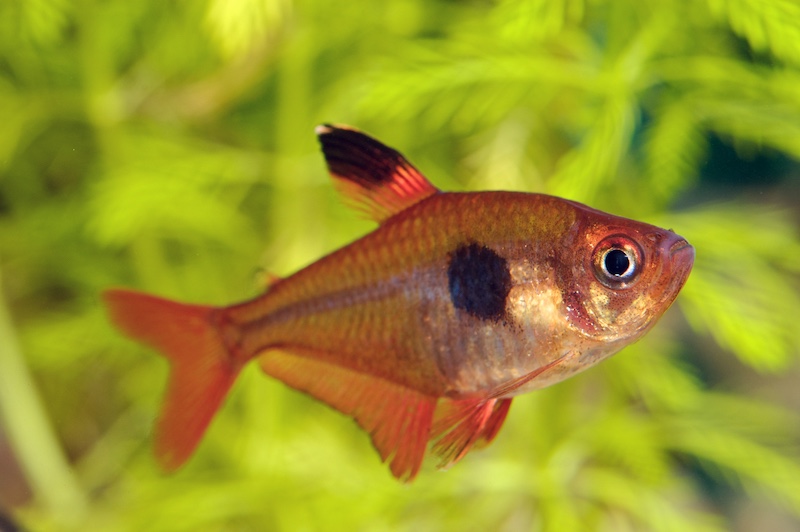
Fish are sensitive to changes in water temperature and chemistry. Introducing new fish to your tank without proper acclimation can shock their systems and lead to stress or death. To acclimate your fish, float the bag in your tank for about 15-20 minutes to equalize the temperature. Then, gradually add small amounts of tank water to the bag over 30 minutes before releasing the fish into the tank.
9. Using Tap Water Without Treatment

Tap water often contains chlorine, chloramine, and heavy metals, which are harmful to fish. New fish owners might assume that tap water is safe without treatment, but this can lead to health issues or even fatalities. Always treat tap water with a dechlorinator or water conditioner before adding it to your tank. These treatments neutralize harmful substances, making the water safe for your fish.
10. Not Researching Fish Behavior and Needs
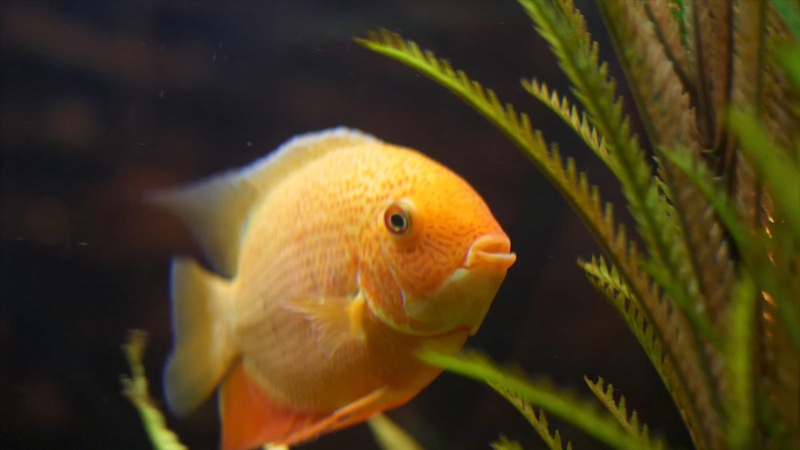
Each fish species has its own specific behavior, dietary requirements, and environmental needs. New fish owners often overlook this and assume that all fish have the same care requirements. This mistake can lead to a poor environment that doesn’t meet the needs of your fish. Take the time to research each species thoroughly before purchasing. Understanding their natural habitat, social behavior, and diet will help you provide the best care possible. Please Note: This content was created with the assistance of AI and thoroughly edited by a human before publishing.

